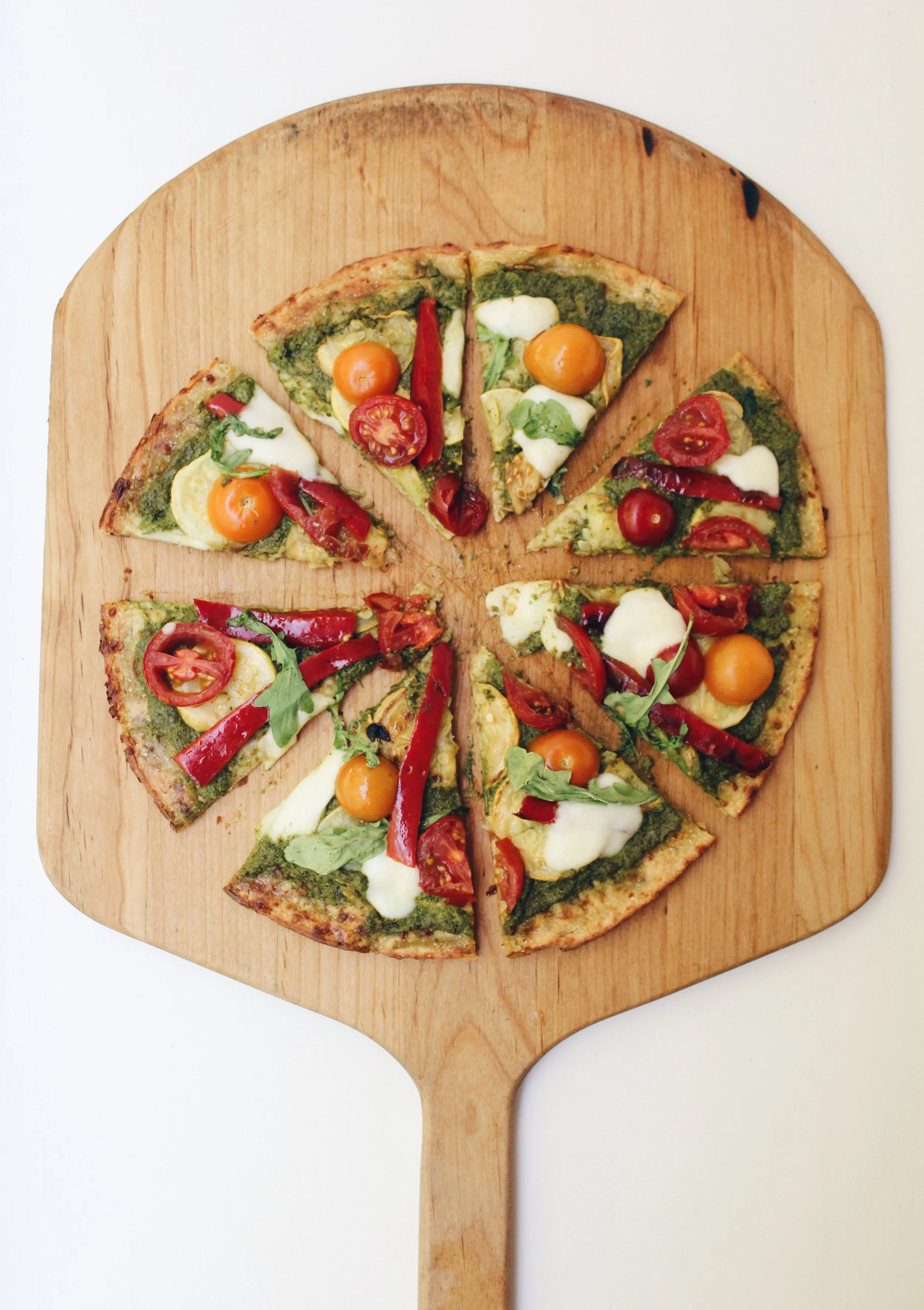How To Build A Healthy Smoothie + A Recipe
The wellness world is smoothie obsessed. And for good reason. Smoothies can be a delicious and easy way to sneak in some extra nutrients, are great for taking on-the-go or making ahead (because life = busy) and have limitless flavor combinations.
But don’t be intimidated by the picture-perfect smoothies covering your social media feeds. While it can be fun to try these recipes from time to time, you don’t need exotic foods, supplements, long ingredient lists, or expensive toppings to make a nutritious and satisfying smoothie. In fact, seemingly healthy smoothies can actually contain excessive amounts of sugar and calories. When it comes to smoothies, less is sometimes better.
Next time you’re thinking about taking out the blender, follow these three simple tips for a healthy + tasty smoothie, every time.
#1: Add Your Greens (& Veggies)
Salads not your thing? Less than enthused about leafy greens? Enter smoothies. Nutrient-dense leafy greens are loaded with vitamins, minerals, and fiber but contain very little calories. In fact, one cup of raw kale contains more than 600% of the Daily Value for Vitamin K and more than 200% of the Daily Value for vitamin A. Needless to say, leafy greens are an important part of a healthy diet. Adding greens to your smoothies is the perfect way to sneak these superfoods into your diet without even noticing (you can also try sneaking in other veggies like cauliflower, zucchini, or butternut squash).
#2: Watch Your Sugar
You may have noticed a trend of avoiding fruit due to its sugar content. But let me be clear—I’m a big fan of fruit. If you’re going to be consuming sugar, then fruit is the way to do it. Not only are many fruits packed with powerful antioxidants, but they also contain fiber, which helps slow down digestion and prevent blood sugar spikes. That being said, it can be easy to go overboard on the fruit in your smoothie and turn that nutritious breakfast into a dessert. Take a glance at all your smoothie ingredients before adding it to the blender, and if there’s more fruit (or food, for that matter) than you would normally eat from your plate, then it’s probably too much for your smoothie. It’s also important to watch out for sources of added sugars, such as sweetened milks, syrups, or honey. Ideally, you should keep the sugar to your fruit. But hey, if you need a little extra sweetness in order to replace a donut with a smoothie, then no one is judging.
#3: Don’t Forget Healthy Fats + Protein
If you’re hoping your smoothie is more of a meal than a snack, then be sure to add a little healthy fat and protein. These additions help balance out your meal and will keep you full and satisfied for longer. Try adding chia seeds, flax seeds, nut butters, avocado, protein powder, tofu, or Greek yogurt.
My Go-To Smoothie Recipe
This simple recipe is great on its own or as a base to experiment with your own smoothie recipes.
Serves: 1
Ingredients:
1 cup unsweetened non-dairy milk (I like almond or oat)
1 cup fresh or frozen spinach* (Note: Frozen spinach is more condensed so you may need to use less if you’re trying to avoid any spinach taste)
1 Tb vanilla protein powder (I’m currently liking Garden of Life)
1 Tb nut butter
1 fresh or frozen banana*
Optional additions: Cacao powder, chia seeds, flax seeds, cinnamon, vanilla extract, ½ cup additional fruit (i.e. frozen berries, peaches, cherries)
*Add 2-3 ice cubes if you don’t use any frozen ingredients









